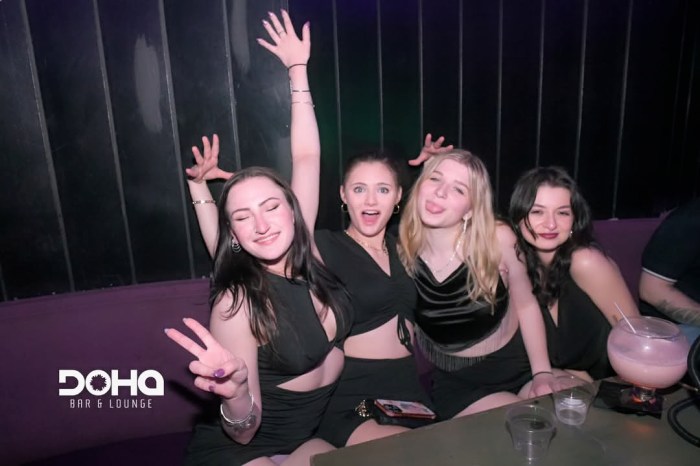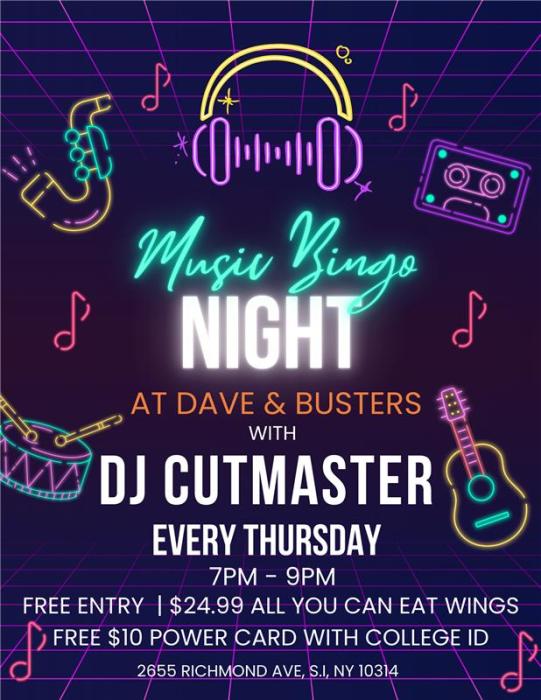In the days before and after July 4th every year, visitors to the nation’s capital can immerse themselves in select national and foreign cultures during the multi-faceted Smithsonian Annual Folklife Festival held on the National Mall in Washington, DC.
At this, the 47th Festival, exhibits and performances in “One World, Many Voices: Endangered Languages and Cultural Heritages” highlights endangered languages of the world, communities fighting to save their languages and traditions. The United Nation’s Education, Scientific and Cultural Organization (UNESCO) estimates that of more than 7,000 languages in the world, nearly half of them are in danger of becoming extinct by the end of the century.
The Garifuna of Honduras, Belize, Nicaragua and Guatemala were among the “One World, Many Voices” component of the festival.

Photo by Tequila Minsky
Descendents of shipwrecked slaves who landed ashore in St. Vincent and the Grenadines in the 1600s, they intermarried with Caribbean indigenous groups and spawned an entirely new and distinct ethnic group, with their own language, beliefs and practices.
While the New York area has the largest community of Garifuna in the Diaspora, between 60,000 and 100,000. There is a much smaller but cohesive community in the Los Angeles area. (One Festival participant estimated around 8,000). The L.A. community sustains the Garifuna Museum of Los Angeles (GAMOLA) that sponsors exhibits, talks, and performances.
From the Los Angeles Garifuna community, the performing ensemble Libañan Baba (the name means God’s Children)– musicians and dancers, other Garifuna tradition bearers, and an academic interested in the Garifuna traveled to Washington DC to share their musical culture and other practices as part of the Folklife Festival.

Photo by Tequila Minsky
In addition, musician, teacher, and cultural transmitter James Lovell, from Brooklyn, joined the others for the 10 days of presentations, concerts, and storytelling.
The Garifuna ensemble’s music drew crowds, packing the “One World” tent. As their performance time wound down, energy and captivation heated up. Garifuna dancers Georgette Lambey and Jefferlyn Baltazar, wearing the yellow, black, and white colors of the Garifuna, danced from the stage enticing audience members, without much prompting, to move rhythmically with them and the engaging music.
Among the 14 other cultures focusing attention on the urgent issue of global language loss were Bolivian Quecha, Mongolian Tuva, Yiddish, Welsh, the Koro from India, and the Wabanaki– native Americans from New England.

Photo by Tequila Minsky
“The Will to Adorn: African American Diversity, Style and Identity, ” was another interactive element of this year’s festival, part of the Folklife Festival’s five-year community research project on African American identity focusing urban style centers in urban United States and the U.S. Virgin Islands. Runway shows and dance trend demonstrations attracted visitors to the rhythmic and lively “Rock the Runway” tent.
At The Design Studio tent, artisans demonstrated their styles in barbering, hair styling, fashion including head wraps from Nigeria, body art, footwear, jewelry and textile design ¬including dying techniques.
The festival also highlighted the 1,000-year-old Hungary with skilled craftspeople, cooks, artists, musicians and dancers sharing their customs and traditions.

Photo by Tequila Minsky
The free festival encourages cultural exchange and many participants commented on how much they enjoyed and learned from the other exhibitors and from interacting with the public. The annual cultural event attracts more than one million visitors yearly.


























